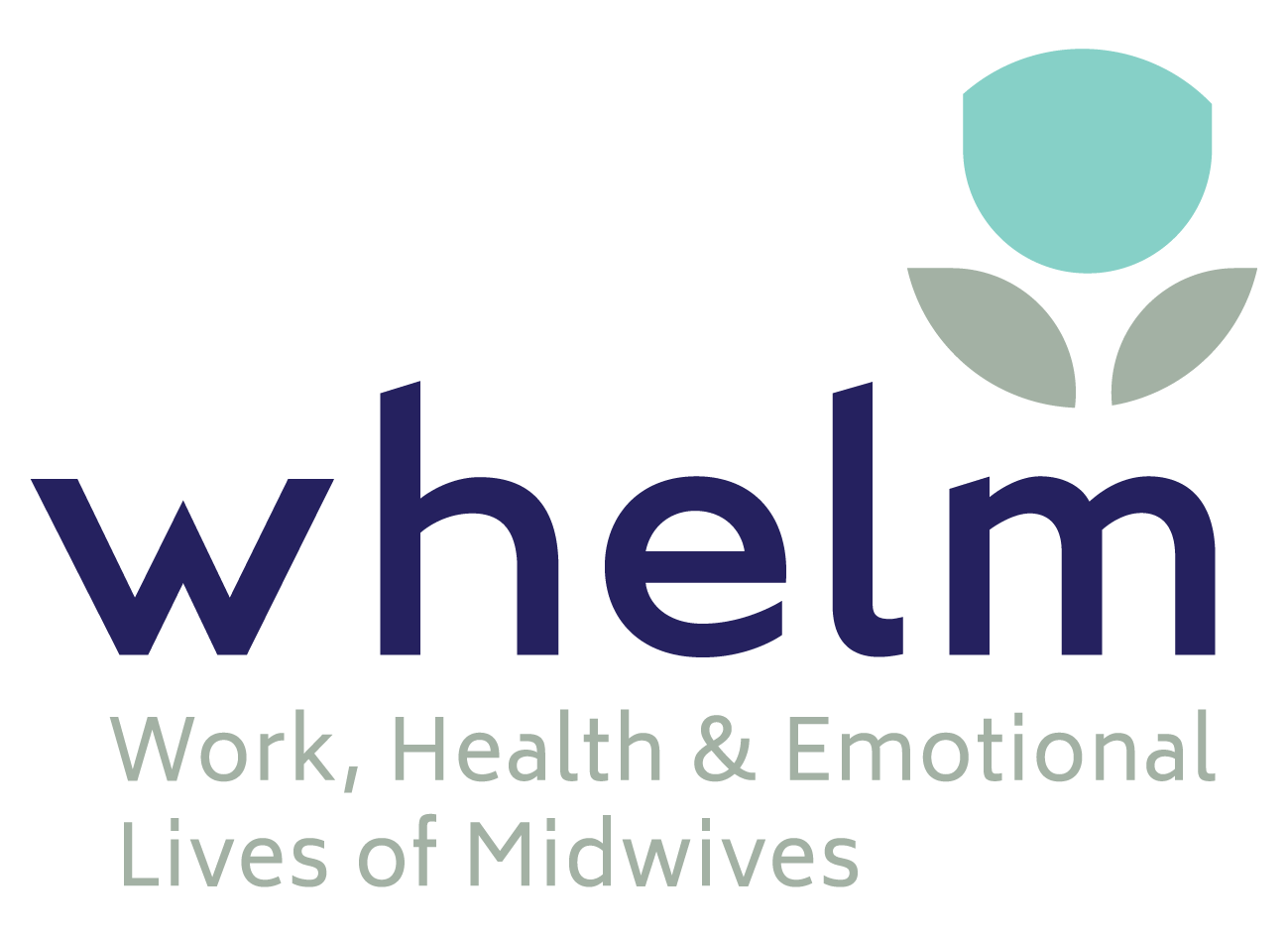COVID-19 maternity care restrictions
During the global COVID-19 pandemic, maternity care guidelines have been produced rapidly and largely without evidence (Pavlidis et al., 2021). For example, US labour and birth guidelines encouraged providers to use artificial rupture of membranes; use higher doses of oxytocin to shorten length of labour; offer early epidurals; and lower the threshold for caesarean section (Stephens et al., 2020). Across the globe, women have experienced significant restrictions including prohibition of a birth companion in labour, limits around breastfeeding, and reduction in contact between mother and baby (Topalidou et al., 2020). While pregnant women commonly feel fear, stress, or concern about loss of agency during childbirth – COVID-19 has amplified these experiences by adding unknown factors about labour support and medical interventions (Almeida et al., 2020). Fears about restrictions include having to choose between a partner and a doula for labour support, or not having a labour support person at all, and fear of being separated from their baby after birth (Groschow & Floyd, 2021).
In the US, Gutschow & Davis-Floyd (2021) report recent lifting of non-evidence-based restrictions in terms of labour support, immediate skin-to-skin contact, breastfeeding and rooming-in. In Australia, however, there is community concern about increased maternity care restrictions on presence of partners at birth and on the postnatal ward, as reported by the ABC and Guardian. Researchers worldwide have raised concerns about the potential for restrictions to have long-term negative clinical and psychosocial consequences for mothers, families, and babies (Topalidou et al., 2020).
Women’s right to clinically and psychologically safe care
An article was recently published by a team who work across Europe “to ensure women’s rights to give birth in a clinically and psychologically safe environment including during the current COVID-19 pandemic” (Lalor et al., 2021). The commentary includes findings from a two-day virtual meeting of the network that included 88 clinicians and researchers from a variety of disciplines (e.g., midwifery, obstetrics, nursing, psychology) alongside lay advocacy groups from altogether 32 participating countries (Lalor et al., 2021). Information about variations in maternity care and COVID-19 related restrictions were discussed and summarised (Lalor et al., 2021).
Maternity care restrictions inconsistent and without evidence-base
The application of guidelines and restrictions was highly inconsistent between European countries (Lalor et al., 2021). Furthermore, local application of non-evidence-based restrictions significantly deviated from recommendations from the World Health Organization and professional bodies (Lalor et al., 2021). Similar international inconsistencies have been reported in intrapartum care practices outside Europe – including Australia and the United States. For example, use of nitrous oxide and water immersion during labour, birth companions, delayed cord clamping, and isolation of the newborn after birth (Pavlidis et al., 2020).
Lalor et al. (2021) raise concerns that women are being exposed to an environment where traumatic birth experiences are more likely – and where the continued implementation of harmful practices constitute a human rights violation (Lalor et al., 2021). The authors highlight that maternity care providers may be following guidelines that contradict with evidence, professional recommendations and/or deeply held values around woman-centred care – which in turn affects staff morale and productivity (Lalor et al., 2021). Indeed, a survey of key stakeholders in Australian maternity care reported that midwives and midwifery students are largely dissatisfied with restrictions that limit the quality of care they can provide (Bradfield et al., 2021).
Recommendations for maternity services and policymakers
Renfrew et al. (2020) provide key principles for services to sustain quality care during the pandemic. These include continuing to provide “evidence-informed, equitable, safe, respectful, and compassionate care for the physical and mental health of all women and newborn infants, wherever and whenever care takes place” (Renfrew et al., 2020). More specifically they recommend maintaining community-based continuity of care models, ensuring access to chosen birth support, facilitating mother-baby contact at birth, and promoting breastfeeding (Renfrew et al., 2020).
Any proposed change to maternity care practice must be considered within a quality framework, based on evidence, and evaluated for unintended effects (Lalor et al., 2021). Furthermore, women, families and staff should co-design proposed changes (Renfrew et al., 2020). Policies in response to COVID-19 have not been sensitive to maternal health – this could be addressed through the inclusion of maternal health experts in emergency planning – as well as rapid monitoring of barriers to maternity care (Takemoto et al., 2021).
Highlighted research
Lalor, J., Ayers, S., Celleja, J., Downe, S., Gouni, O., Hartmann, K., Nieuwenhuijze, M., Oosterman, M. Turner, J. D. (accepted in press, 2021). Balancing restrictions and access to maternity care for women and birthing partners during the COVID-19 pandemic: the psychosocial impact of suboptimal care. BJOG https://doi.org/10.1111/1471-0528.16844
References
Almeida M, Shrestha A. D., Stojanac B., Miller L J. (2020). The impact of the pandemic of women’s mental health. Archives Women’s Mental Health 23 (7), 741-748. https://doi.org/10.1007/s00737-020-01092-2
Bradfield, Z., Wynter, K., Hauck, Y., Vasilevski, V., Kuliukas, L., Wilson, A. N., Szabo, R. A., Homer, C., & Sweet, L. (2021). Experiences of receiving and providing maternity care during the COVID-19 pandemic in Australia: A five-cohort cross-sectional comparison. PloS one, 16(3), e0248488. https://doi.org/10.1371/journal.pone.0248488
Gutschow, K., & Davis-Floyd, R. (2021). The Impacts of COVID-19 on US Maternity Care Practices: A Followup Study. Frontiers in Sociology, 6, 655401. https://doi.org/10.3389/fsoc.2021.655401
Pavlidis, P., Eddy, K., Phung, K., Farrington, E., Connolly, M., Lopes, R., Wilson, A.N., Homer, C.S.E., Vogel, P. (2020). Clinical guidelines for caring for women with COVID-19 during pregnancy, childbirth, and the immediate postpartum period. Women and Birth. https://doi.org/10.1016/j.wombi.2020.10.015
Renfrew, M. J., Cheyne, H., Craig, J., Duff, E., Dykes, F., Hunter, B., Lavender, T., Page, L., Ross-Davie, M., Spiby, H., & Downe, S. (2020). Sustaining quality midwifery care in a pandemic and beyond. Midwifery, 88, 102759. https://doi.org/10.1016/j.midw.2020.102759
Stephens A. J., Barton J. R., Bentum N.-A. A., Blackwell S. C., Sibai B. M. (2020). General Guidelines in the Management of an Obstetrical Patient on the Labor and Delivery Unit during the COVID-19 Pandemic. American Journal of Perinatolology, 37, 08, 829–836.
Topalidou, A., Thomson, G., Downe, S. (2020). COVID-19 and maternal and infant health: Are we getting the balance right? A rapid scoping review. The Practising Midwife, 23, 36- 45.








